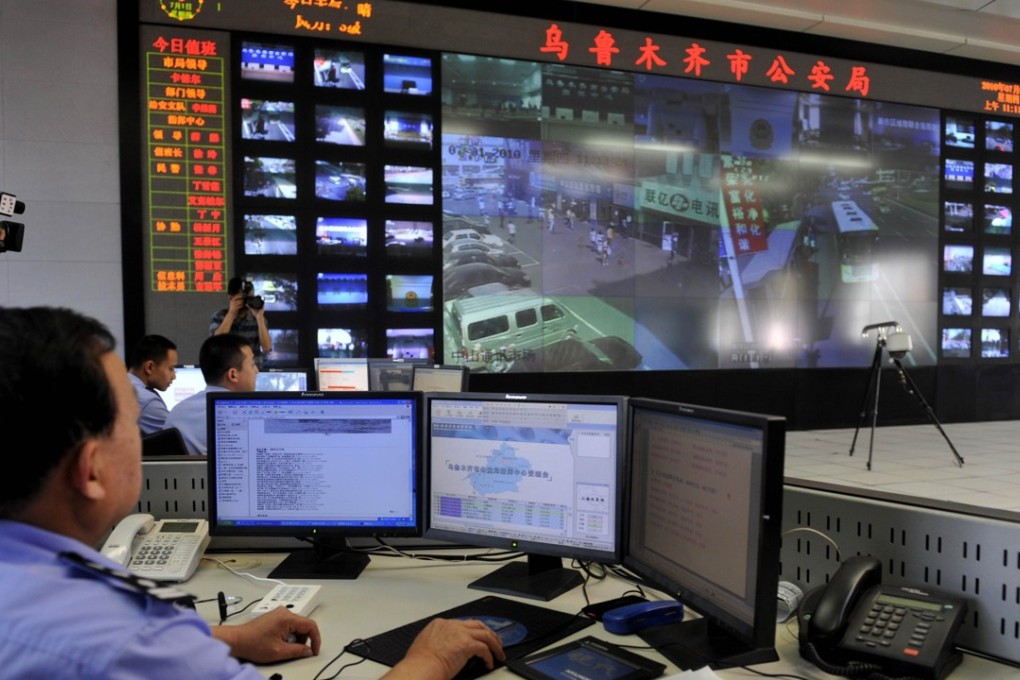China said to be testing facial recognition system to monitor Muslim-dominated Xinjiang region
Alert project said to link security cameras to a database of persons of interest to authorities and track their movements, source says

China’s state surveillance apparatus is trying out a new tool in one of its favourite test beds, the restive region of Xinjiang.
The Muslim-dominated villages on China’s western frontier are testing facial recognition systems that alert authorities when targeted people venture more than 300 meters (984 feet) beyond designated “safe areas”, according to a person familiar with the project. The areas comprise individuals’ homes and workplaces, said the person, who requested anonymity.
“A system like this is obviously well-suited to controlling people,” said Jim Harper, executive vice-president of the libertarian-leaning Competitive Enterprise Institute and a founding member of the US Department of Homeland Security’s Data Privacy and Integrity Advisory Committee. “‘Papers, please’ was the symbol of living under tyranny in the past. Now, government officials don’t need to ask.”
The alert project is another example of how Xinjiang – a region bordering Pakistan and Afghanistan that is home to about 10 million Muslim ethnic Uygurs – has become a laboratory for technologies that track large groups simultaneously. Spurred on by President Xi Jinping’s orders to “strike first” against Islamist extremism after deadly attacks involving Uygurs in 2013 and 2014, as well as reports of some fighting in Syria, the region has become one of the world’s most heavily policed places.
About the size of the US state of Alaska, Xinjiang is a land of checkpoints, police stations and security cameras. Local governments have been ordering residents to install satellite-tracking systems in their cars. People must submit to facial scans to enter markets, buy fuel or visit places such as the capital Urumqi’s main bus terminal.
